![]()
Unveiling the Narrative: The Untold Tale of Merle Haggard’s “Going Where the Lonely Go”
Prepare to embark on a musical journey that uncovers the captivating story behind one of Merle Haggard‘s timeless songs, “Going Where the Lonely Go.” This soul-stirring composition, penned by the legendary Merle Haggard himself, holds a special place in his repertoire, dominating the charts and captivating audiences in 1983.
To truly understand the genesis of “Going Where the Lonely Go,” we must first explore the fascinating context surrounding its creation. Remarkably, eight out of the ten tracks featured on the album were recorded during the same session as Haggard’s previous release, “Big City.” This whirlwind recording extravaganza took place over a mere 48 hours at the illustrious Britannia Studio in Los Angeles, resulting in a staggering output of 24 songs. Notably, two singles from “Big City” soared to the coveted #1 spot on the charts: “My Favorite Memory” and the eponymous title track. However, it was “Going Where the Lonely Go” that marked Haggard’s 30th chart-topping achievement, solidifying his status as a country music icon.
The inspiration for “Going Where the Lonely Go” came unexpectedly during the recording sessions, courtesy of Haggard’s close friend, Dean Holloway. As Holloway bid farewell to the studio and set off down the street, Haggard casually inquired about his destination. To Haggard’s surprise, Holloway responded, “I’m going where the lonely go.” These poignant words struck a chord within Haggard, igniting a creative firestorm. In a flurry of inspiration, Haggard swiftly penned the lyrics, arranged the composition, and recorded the song, seamlessly weaving it into the tapestry of the recording sessions.
For Haggard, the process of songwriting typically unfolded organically. In an interview with Vernell Hackett for “American Songwriter” Magazine, he revealed that his songs seldom emerged from preconceived plans. Instead, they sprouted from snippets of conversations or remarks that resonated deeply with him. The same serendipity occurred with “Big City,” “Going Where the Lonely Go,” and “I Think I’ll Just Stay Here and Drink.” Haggard soon learned to capture these fleeting ideas by jotting them down promptly, knowing all too well the risk of losing them to the capriciousness of memory. He didn’t retreat to seclusion to compose; rather, his creativity blossomed amidst the whirlwind of life, amidst the ebb and flow of daily experiences.
Despite Haggard’s artistic success and the adoration of his fans, a profound sentiment of confinement lingered within him. Having endured a prison sentence at San Quentin Prison for armed robbery years prior, Haggard found himself locked in a different kind of confinement. Even amidst the euphoria of live performances and adoring crowds, he felt the weight of being trapped. In an interview with freelance journalist Bob Allen, Haggard candidly shared, “The hardest part for me is after a performance when there are people beating on the bus and screaming. Sometimes, I can barely stand it. The only difference in my life now is the size of the cell, and the fact that this one is on four wheels.”
As time marched on, the frenetic pace of Haggard’s career subsided, granting him a respite from the pressures of confinement. With his final hit, the remarkable “#4 hit “A Better Love Next Time,” in 1989, Haggard etched his name in history, securing his 71st Top Ten single with an impressive 38 of them reaching the pinnacle of Billboard’s country singles chart. Merle Haggard ranks as the fourth most successful recording artist in the history of country music, leaving an indelible mark on the genre.
On his 79th birthday, April 6, 2016, Merle Haggard breathed his last at his residence in Palo Cedro, California. Renowned TV game-show host and concert promoter Bob Eubanks affectionately dubbed Haggard the “poet of the common man,” a title that Haggard held with immense pride throughout his illustrious career.
Now, armed with this behind-the-scenes glimpse into the creation of “Going Where the Lonely Go,” listeners can delve into the emotional depths of Merle Haggard’s artistry and experience the profound impact of his music firsthand.
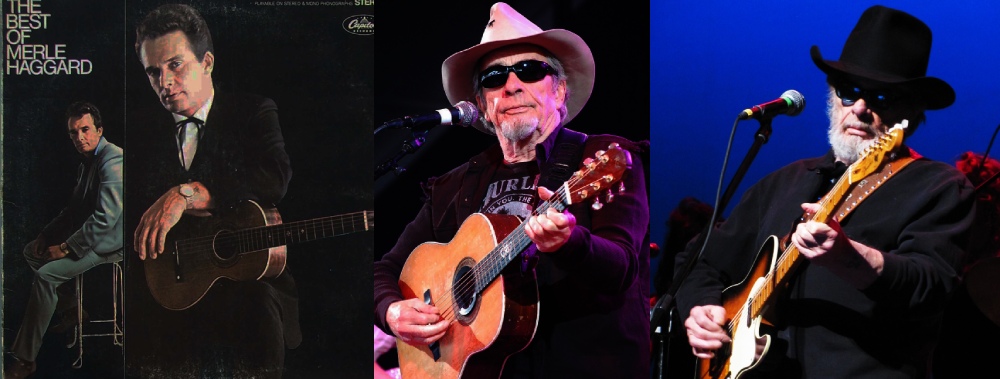
Artist: Merle Haggard
Album: Going Where the Lonely Go
Released: 1982
Genre: Country
Lyrics
Rollin’ with the flow
Going where the lonely go
Anywhere the lights are low
Going where the lonely go
Making up things to do
Not running in all directions trying to find you
I’m just rollin’ with the flow
Going where the lonely go
And I’ve got to keep goin’
I can’t lay down
Sleep won’t hardly come
Where there’s loneliness all around
I’ve got to keep goin’
Traveling down this lonesome road
I’d be rollin’ with the flow
Going where the lonely go
I’ve got to keep goin’
I can’t lay down
Sleep won’t hardly come
Where there’s loneliness all around
I’ve got to keep goin’
Traveling down this lonesome road
And I’d be rollin’ with the flow
Going where the lonely go
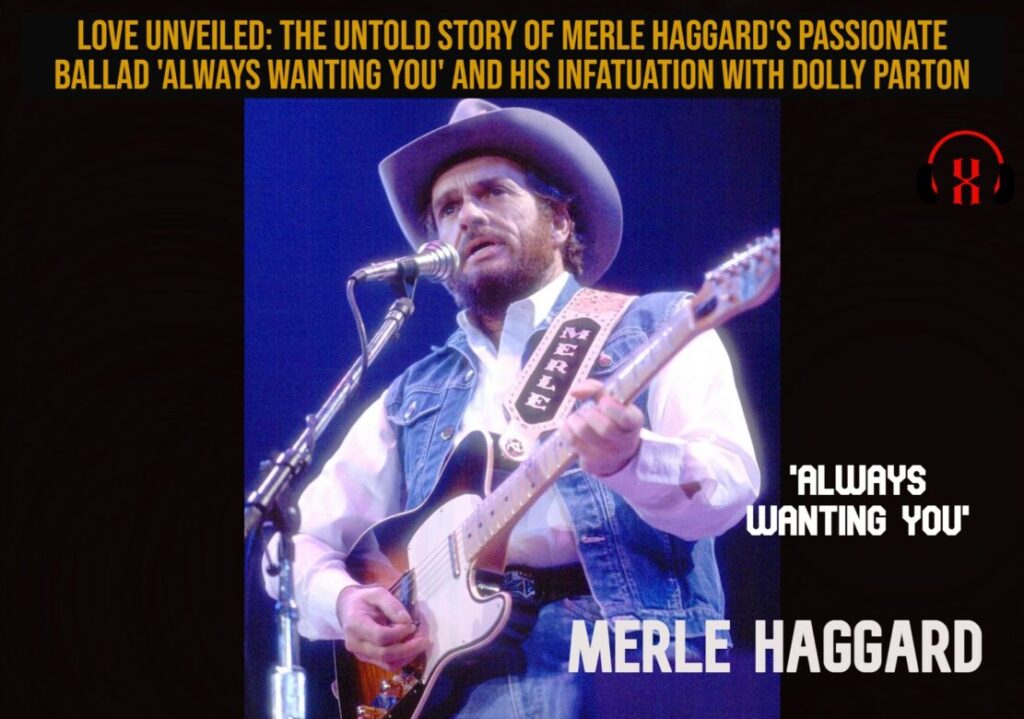
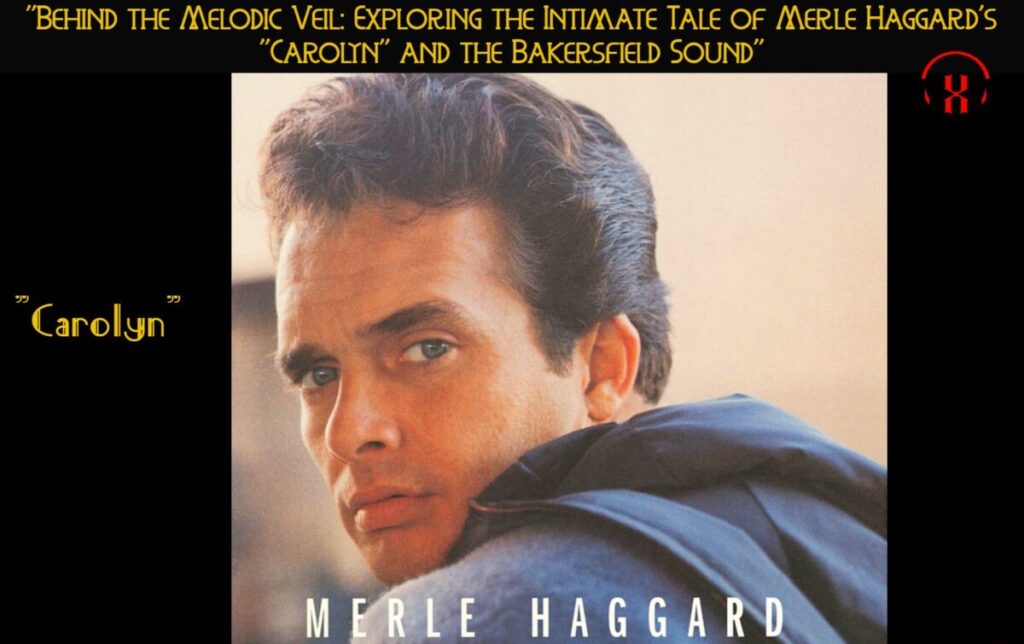
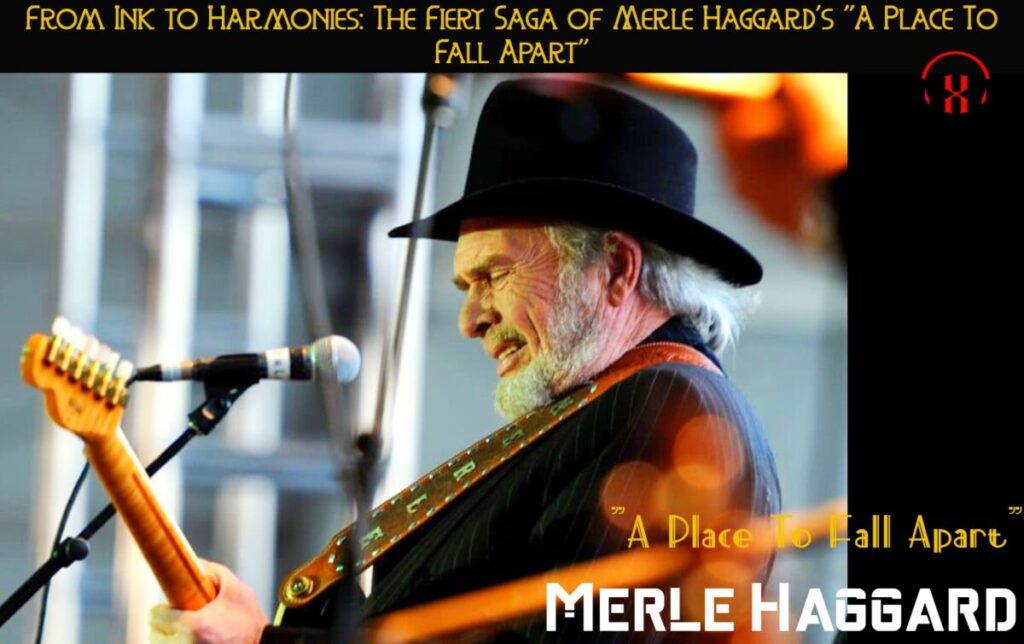


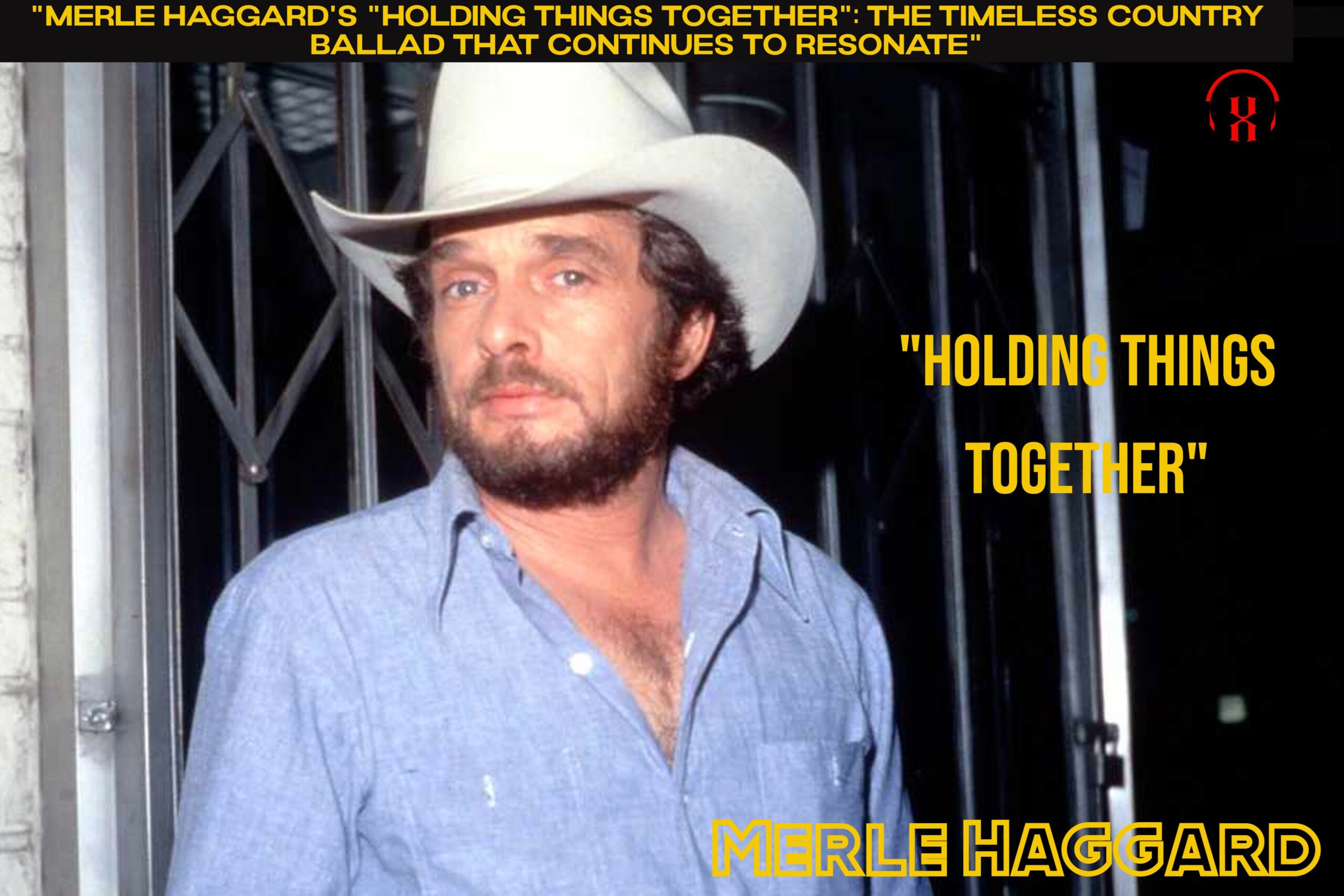
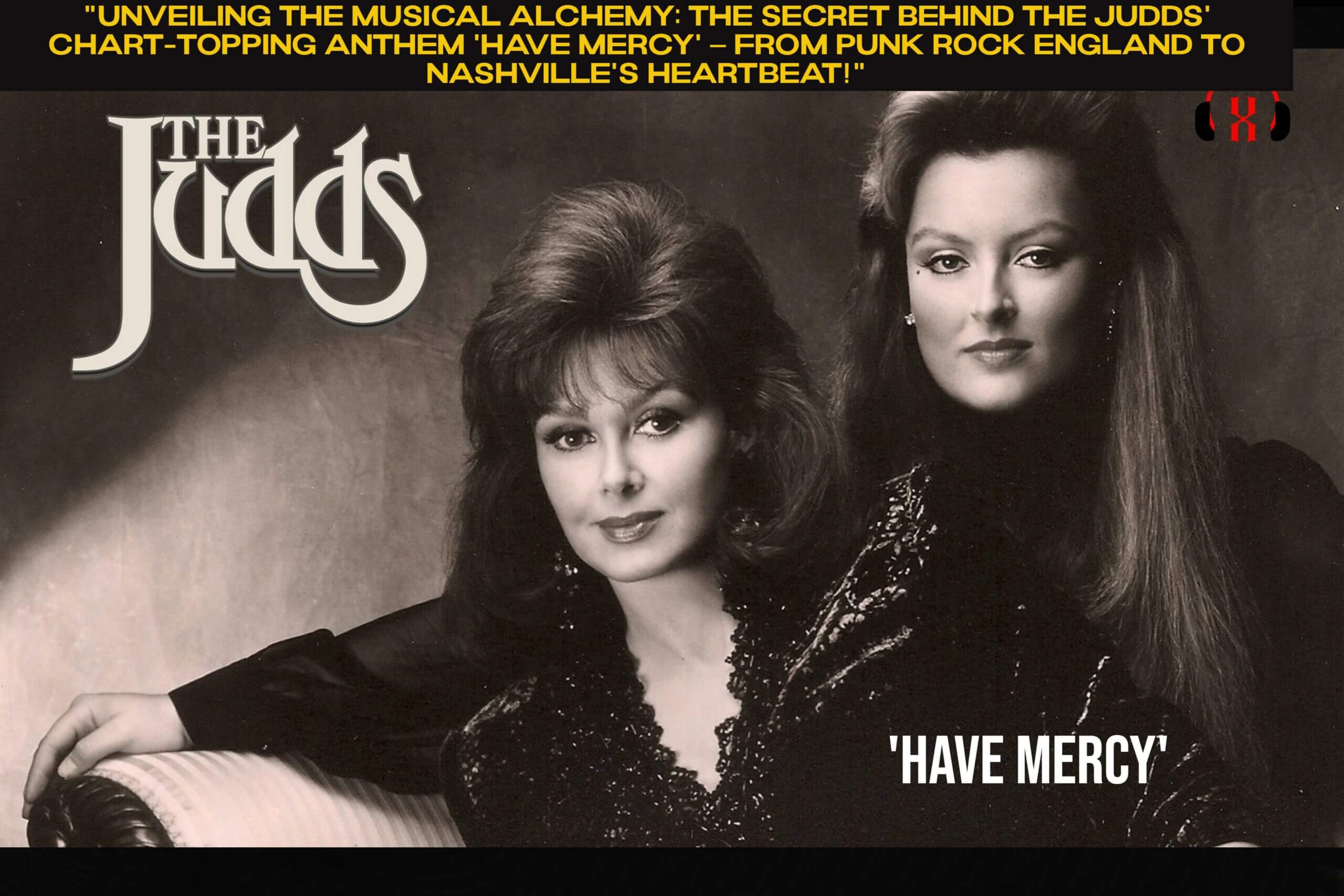
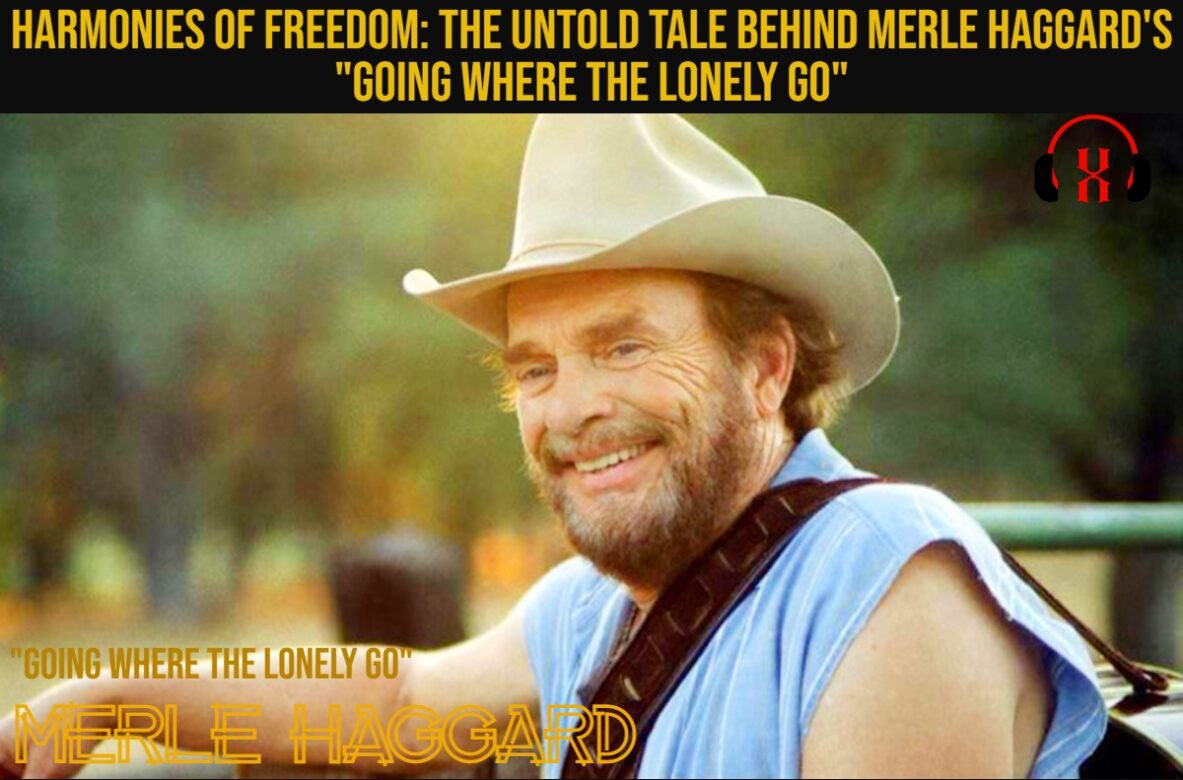
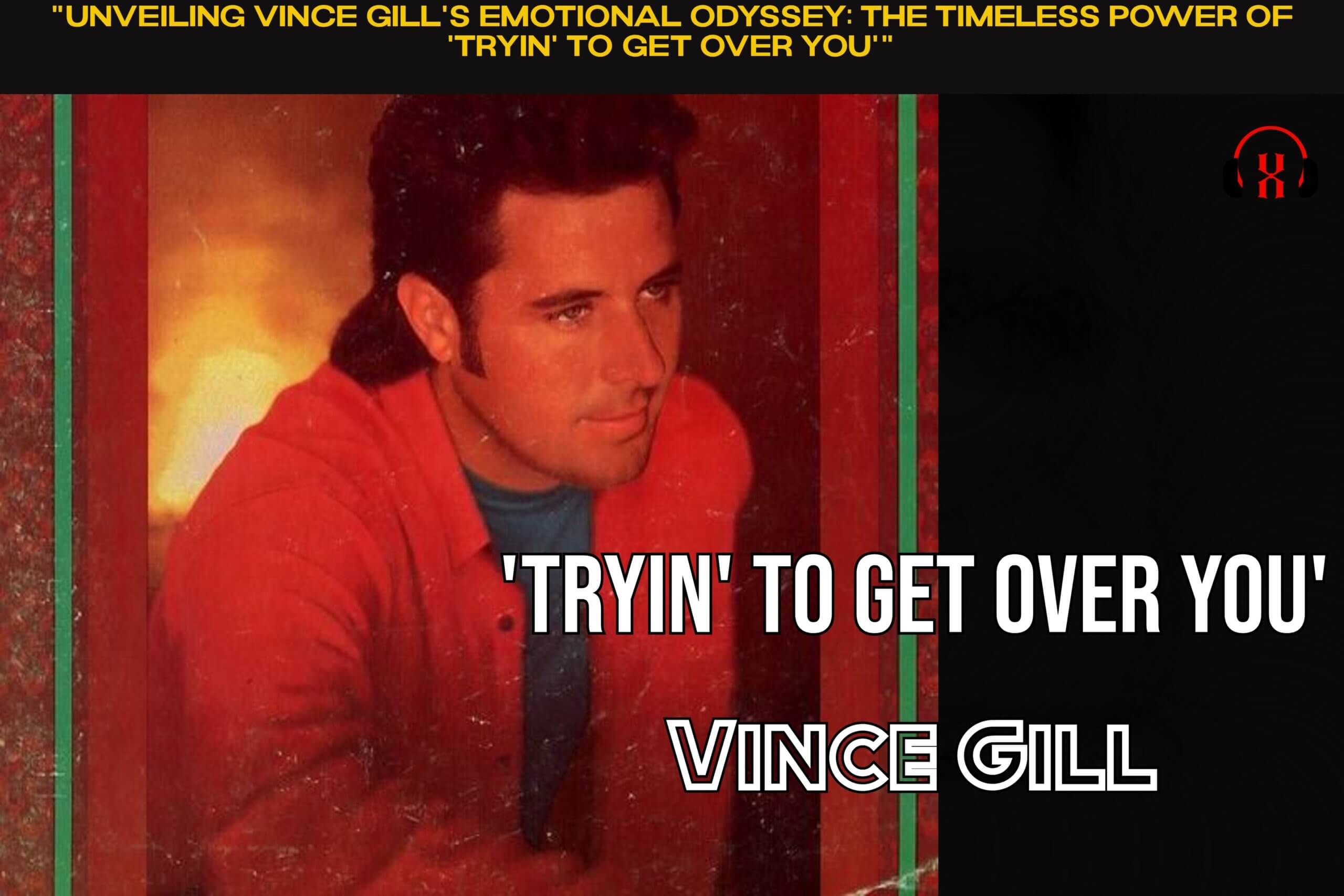
Comment on “Harmonies of Freedom: The Untold Tale Behind Merle Haggard’s “Going Where the Lonely Go””